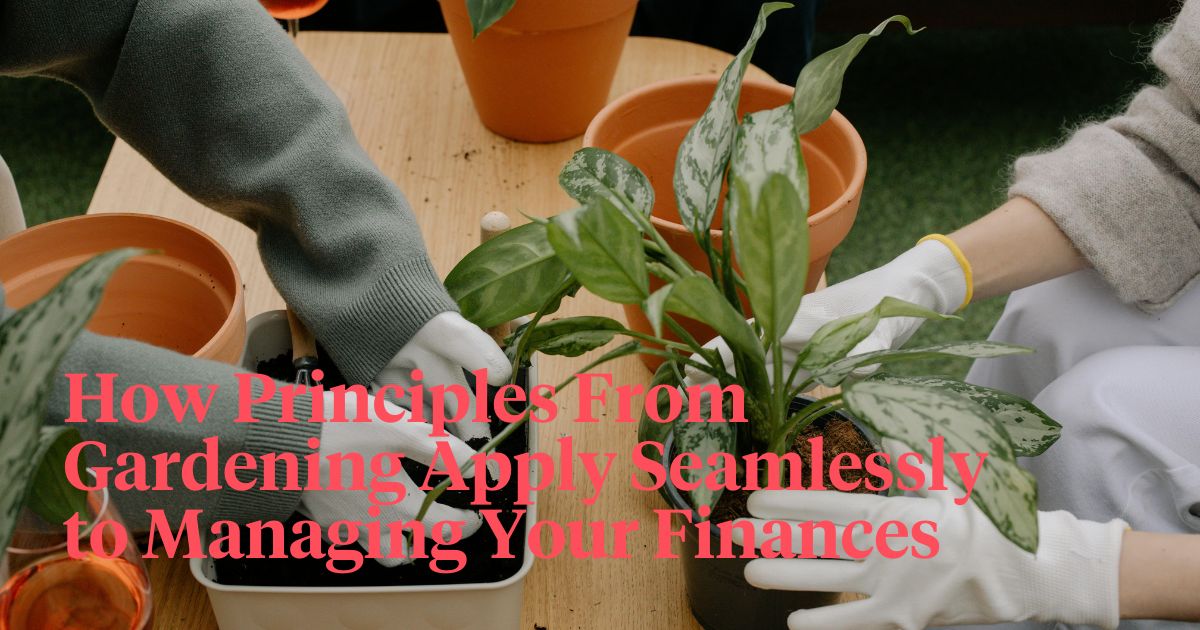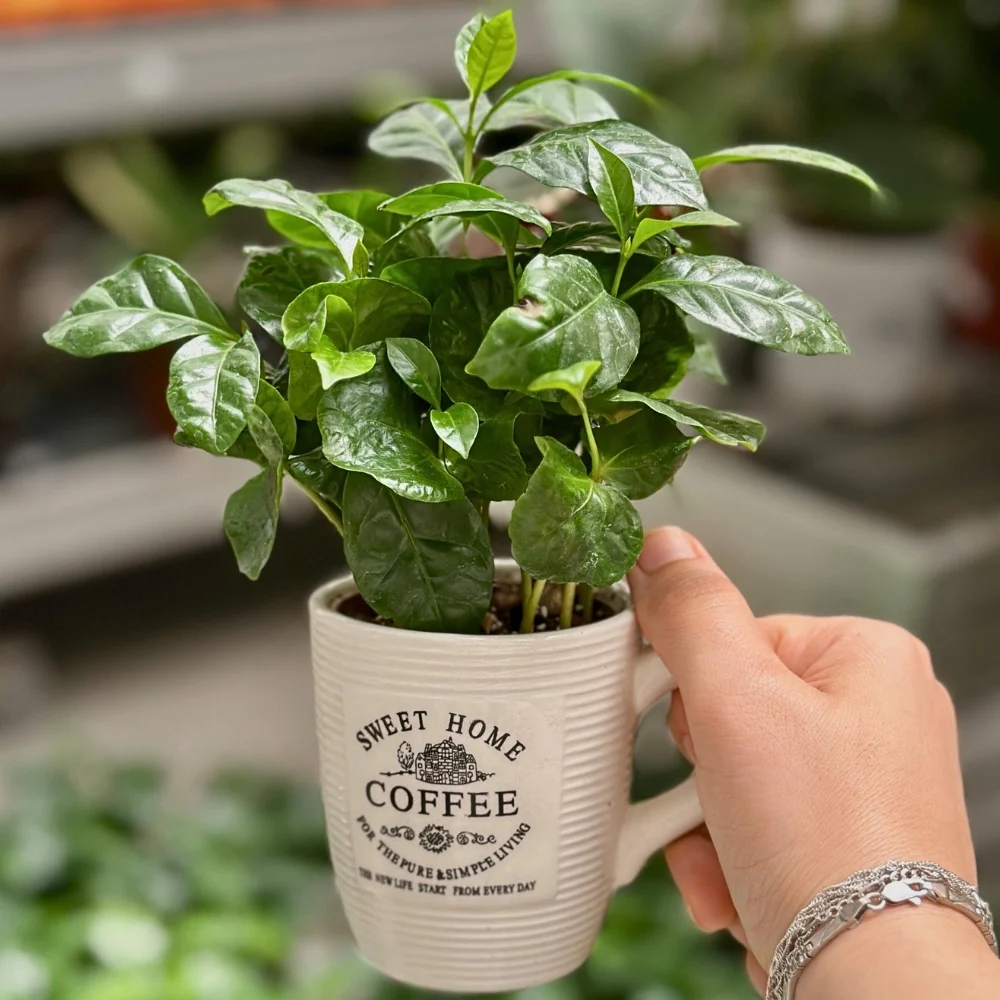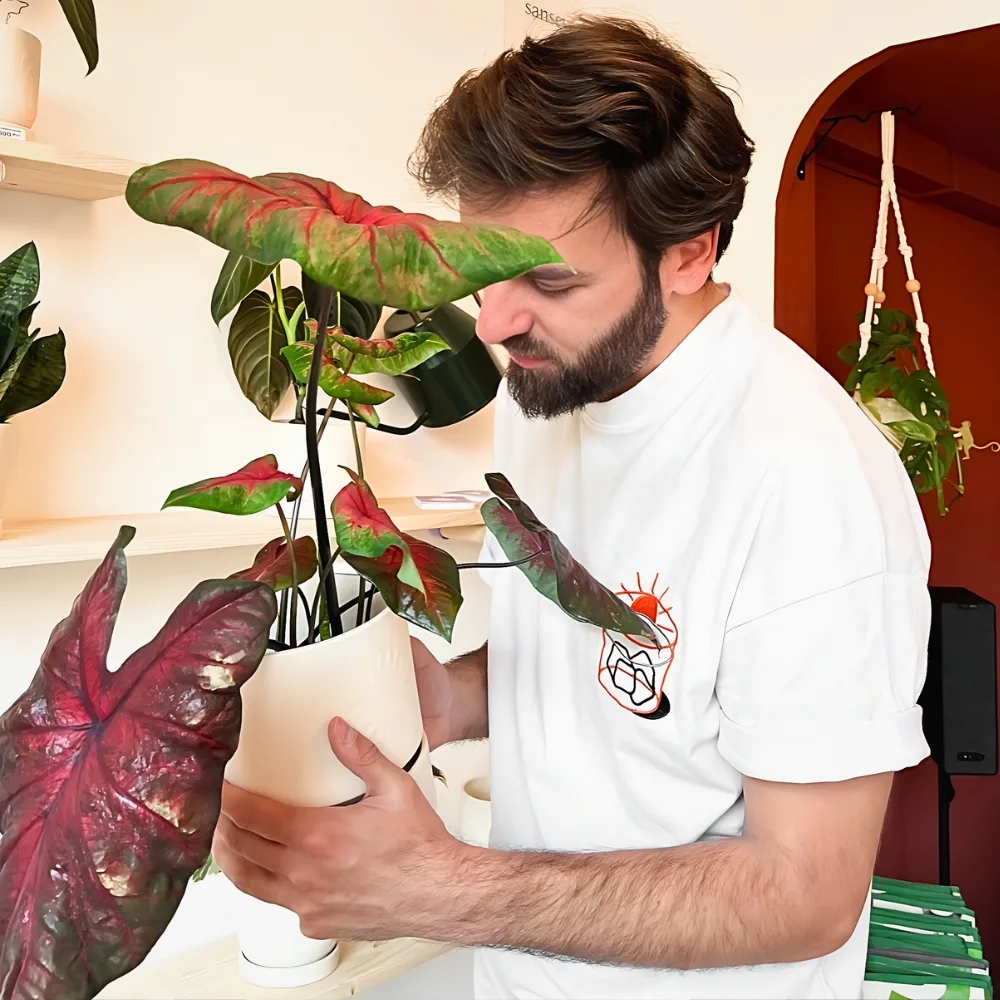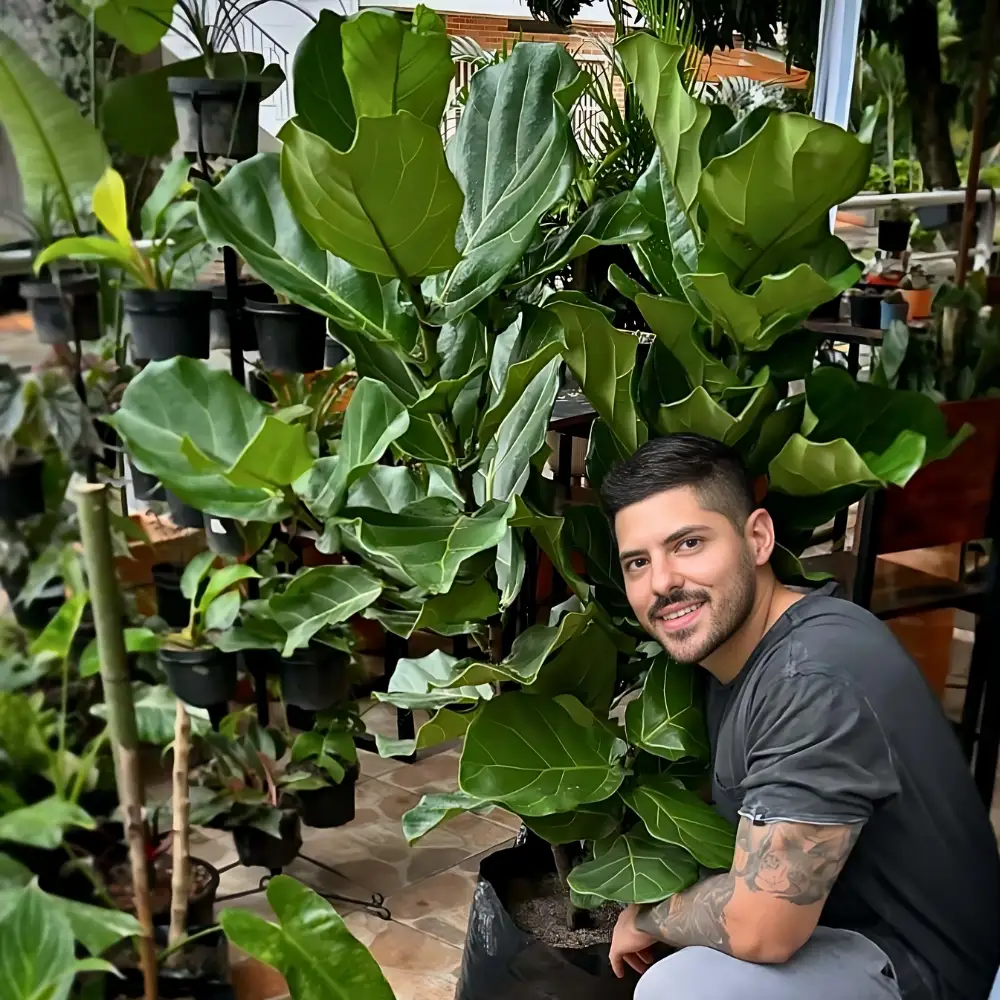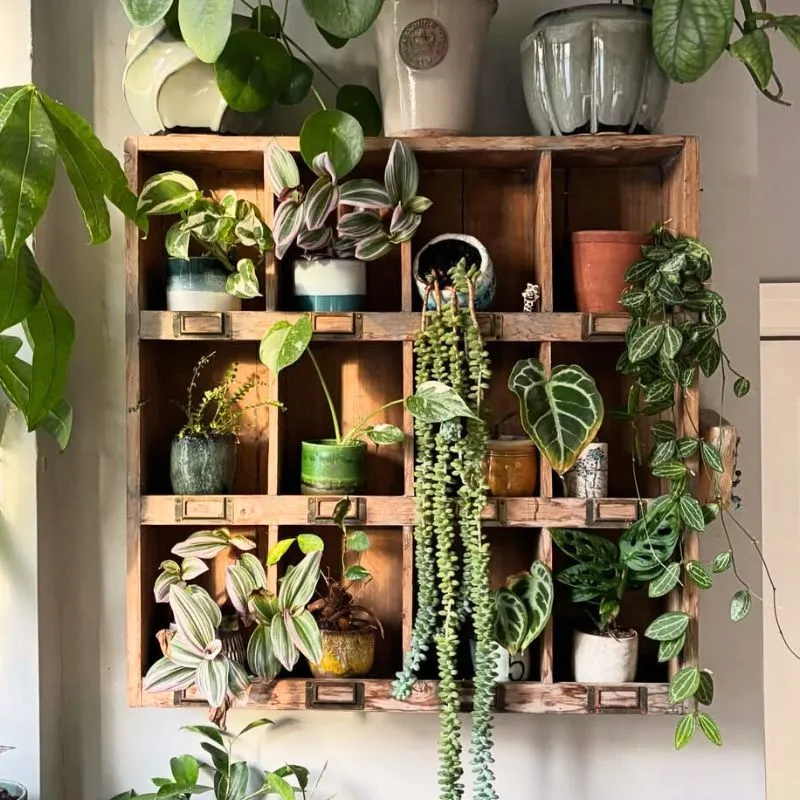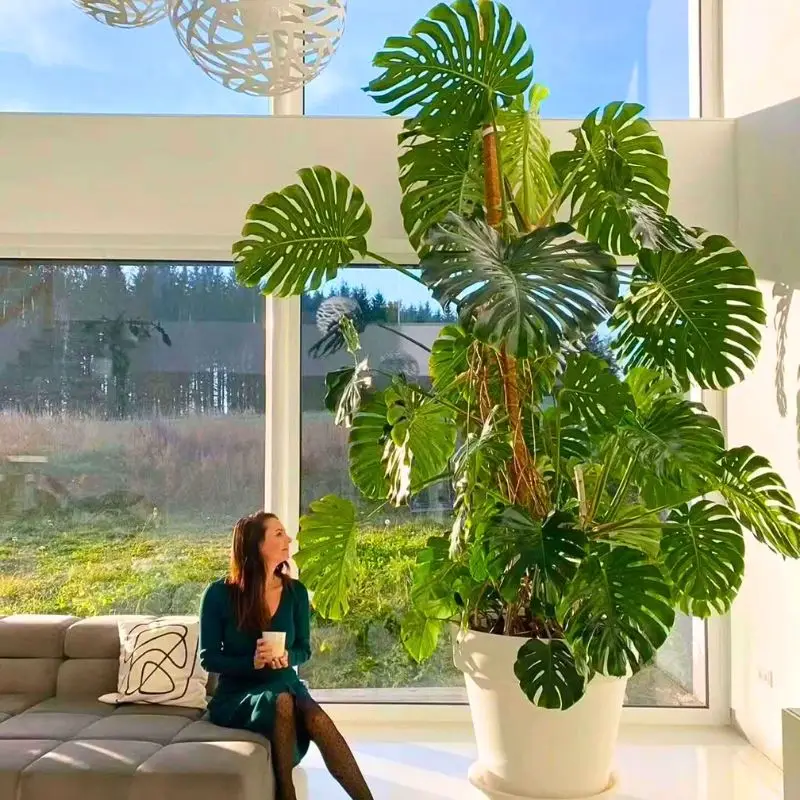Tending to a garden requires patience, a steady hand, and an appreciation for the fact that plants take time to grow - since true gardeners think in decades rather than days or weeks. In this sense it’s not unlike the delicate art of nurturing your savings, as both involve a winning combination of foresight and persistence.
Moreover, understanding the subtleties of financial instruments is equivalent to the level of research it takes to cultivate the perfect flower bed. Put simply, good things, from peonies to portfolios, flourish with care.
This might all sound rather fanciful, but that doesn’t make it any less true - so here’s a look at how principles from gardening apply seamlessly to managing your finances, allowing you to sow seeds today that sprout into prosperity over time.
The Parallel Relationship of Soil and Savings
When a gardener assesses the soil, they're gauging the potential for what might grow within it - much like an investor sizing up a savings account. From this I’ve learned that the right environment can make all the difference in terms of whether investments thrive or simply survive.

Here are a few more parallels to inform both your gardening and your savings strategies:
Assess Your Terrain
Just as gardeners test soil pH levels to determine suitability for plants, you should evaluate which savings vehicles align best with your financial goals. Are you planting annuals - short-term savings for immediate needs - or perennials that will blossom over years, like retirement funds?
Build Nutrient-Rich Foundations
Fertilizers enhance soil; similarly, compound interest enriches savings. Even in simple examples it’s easy to appreciate the power this mechanism has to fill your coffers; a $10,000 savings pot held for 30 years with a 5% annual rate would earn $30,000 in interest alone over this period, for instance.
Weed Out Fees
Garden pests can wreak havoc on healthy growth; in finance, high fees are the culprits eroding your returns. Scrutinize management fees and expenses like you would inspect plants for infestation - vigilance pays off in more ways than one.
The same scrutiny of the small print should be applied to products like credit cards - because fees can buzz around them like bees around a blooming flower, and the variation of interest rates and points-earning potential also needs to be on your watch list.
Because of this it’s a good idea to compare Citi’s credit cards and whittle down the options to the one that suits your financial goals - especially if you’re intending to use this credit to finance an upgrade to your gardening setup.
The Key to Cultivating Patience
We all know that time turns the acorn into the oak, and in our gardens and our bank accounts, patience is part and parcel of what it takes to be successful and satisfied with the outcome of your efforts. The growth we seek in both arenas is not instantaneous but gradual, so you need to stay the course and also have the wherewithal to put suitable plans in place using hard facts, rather than wishful thinking.

Here are some lessons to take onboard:
Growth Takes Time
A single season rarely brings maturity in gardens or wealth-building. Just as some trees take decades to reach their full splendor, personal savings may require years to mature appreciably.
So think more like the world’s slowest-growing tree, the white cedar, which has been known to increase in height by just 4 inches in over a century and a half! This is a good way to look at your garden as well as your nest egg.
Consistent Care Yields Results
Seasonal pruning and watering schedules ensure plants stay healthy, just as consistent contributions to a savings account work similarly by building good habits and keeping your finances well balanced.
This matters because while it’s advised that at least 20% of what you earn should be put aside in savings accounts and investments for the future, 45% of people have under $1,000 tucked away for a rainy day. Being consistent is a good way to avoid ending up in this group of financially vulnerable individuals.
The Waiting Game Pays Off
The sooner you start saving for retirement, the greater the size of your pension pot and the more you can enjoy life in your golden years. It’s a principle which applies in the garden as well - because getting in early to plant bulbs, cut back last year’s growth and do those annoying but necessary jobs will ensure that after the worst of the winter has gone, the spring and the summer will be fruitful.
This message seems to be hitting home, as 70% of Gen Z are already building up their savings for their eventual retirement.
Diversification as the Mixed Perennial Border of Finance
A well-planned garden teeming with a variety of species is resilient to weather and disease - and is also simply nicer to behold than one that’s more uniform in its planting.
Likewise, a diversified financial portfolio can withstand market volatility and economic changes. Diversity in both contexts leads to stability and beauty - and here’s how:

Spread Your Investments Like Seeds
Just as you wouldn't plant only one type of summer flower, you should spread your investments across different asset classes. A mix of stocks, bonds, and savings products can balance risk and reward. Some investors also allocate a portion to tangible stores of value like precious metals; if this aligns with your risk tolerance and time horizon, you can explore silver bullion selections to compare coins and bars by weight and typical premiums.
Know Your Hardiness Zones
Understanding which plants thrive in your climate zone is the equivalent of knowing the risk tolerance suitable for your financial situation. Align your investment choices with your personal 'financial climate' - age, income level, and future needs. Younger gardeners can afford to be more bold with their choices, while those in later life might want to reign in riskier habits, for instance.
The Proof Is In The Portfolio
While one study found that a concentrated portfolio could actually outperform a diversified portfolio, this was only a superficial win - because the latter actually kept losses at bay much more effectively than the former during the financial turmoil of 2022, dropping 4% rather than 9%, and showing its resilience as a strategy.
So while a one-note garden might work well for a single season, in the long term a more varied approach to planting will fare better.
Final Thoughts
The overlap between green thumbed success and financial stability might not seem obvious at first, but hopefully I’ve shown that it’s not just a half-baked analogy, but one that actually has some pretty deep roots that can teach us all something positive. You just need to get out there and grow your garden and your savings responsibly, making for a more sustainable future for us all.

